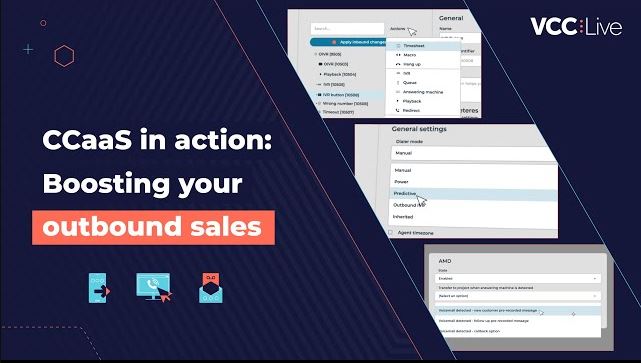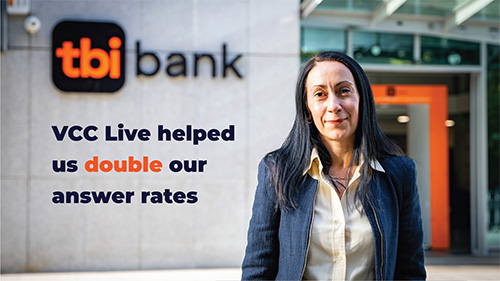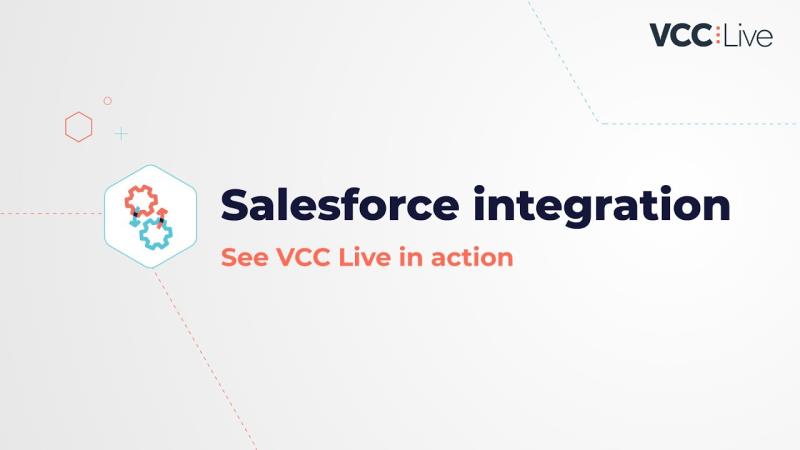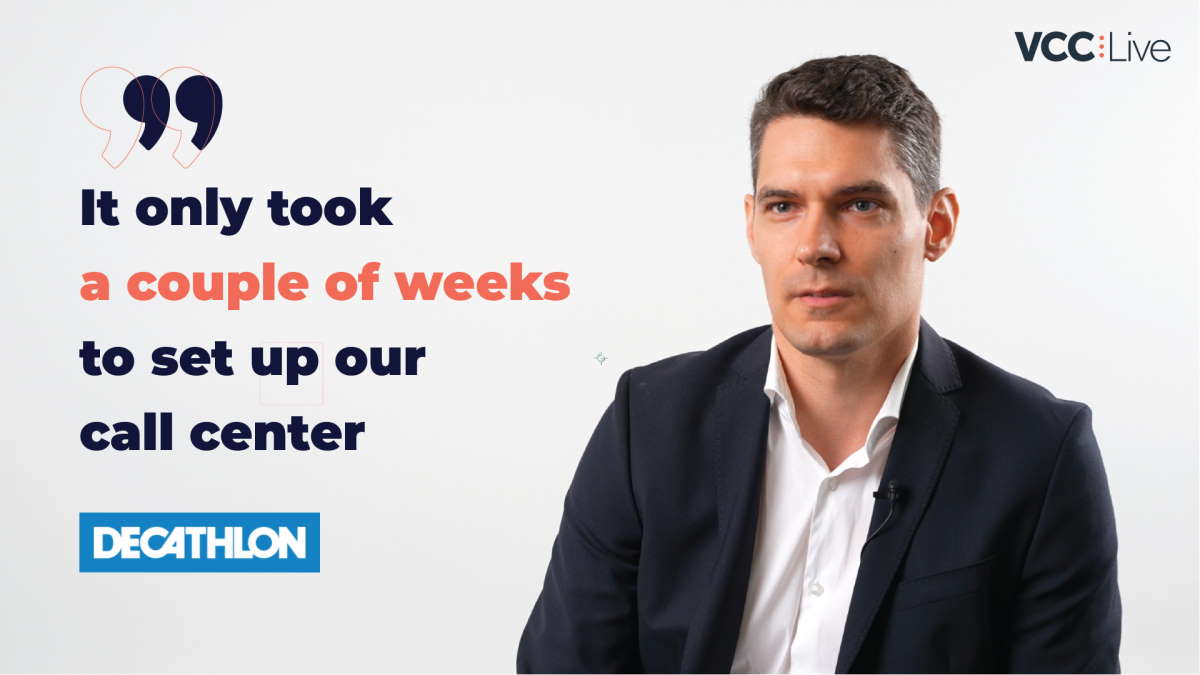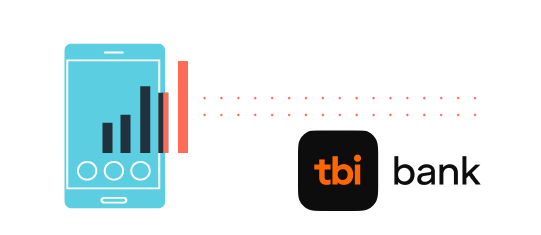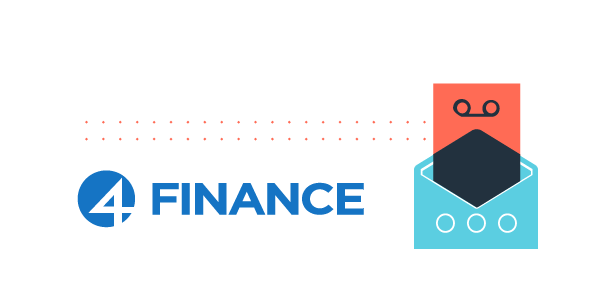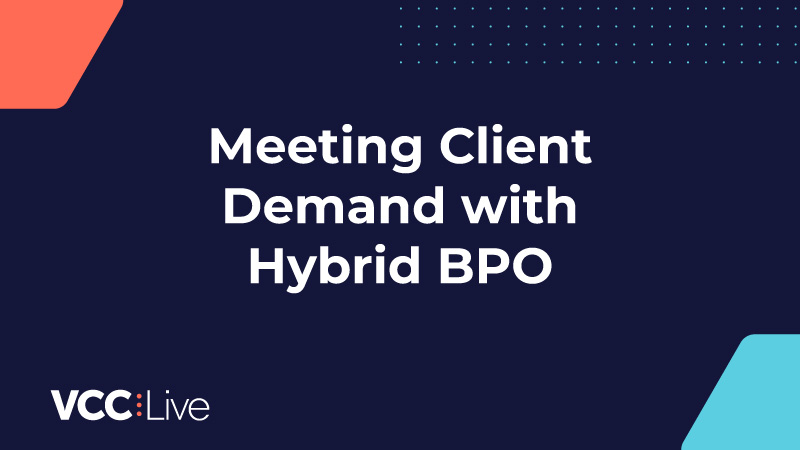Running a BPO contact center comes with unique challenges: multiple clients to support, strict compliance rules to follow, and shifting project demands that can change at a moment’s notice. Leaders are expected to deliver results quickly while keeping operations flexible, secure, and efficient.
In this Q&A, we’ve collected the questions BPO leaders ask most often, paired with clear, practical answers. From scaling resources and managing multi-client environments to adopting AI and automation, these insights are here to help you make confident decisions and stay ahead of client expectations.
1. How can BPOs scale their operations without overcommitting resources?
The biggest challenge for BPOs is fluctuating demand. A client might need 200 agents today and only 50 in three months. Cloud-based platforms allow you to scale licenses up or down with project lifecycles, so you don’t pay for unused capacity. Beyond licensing, look at infrastructure: having multiple data centers worldwide reduces latency and ensures quality for distributed teams. Scalability should mean both financial flexibility and technical resilience.
2. What’s the best approach to managing multiple clients on a single platform?
Multi-tenant architecture is essential. This means each client’s data, reporting, and workflows stay fully isolated — even while running under one system. For leaders, this reduces the overhead of juggling multiple tools. On the security side, role-based permissions ensure teams only access what they need. Without this, you risk compliance violations or messy cross-client data leaks, which can be catastrophic in regulated industries.
3. Should a BPO own telecom infrastructure, or rely on clients’ carriers?
There are two models:
- Owning telecom services gives more control over call quality, compliance, and costs.
- Bring Your Own Carrier (BYOC) allows clients to keep their existing numbers and providers, which can simplify onboarding and reduce resistance.
For most BPOs, flexibility is key. Some clients demand carrier continuity for branding or regulatory reasons, while others want a clean slate. Platforms that support both approaches minimize project delays.
4. How important is omnichannel communication in BPO operations?
Voice is still dominant in many industries, but clients increasingly expect their providers to handle email, SMS, and social media as well. An omnichannel solution works best, as it keeps all channels in one interface. Separate systems for each channel slow agents down and make reporting more complicated.
5. What role does IVR and intelligent routing play in client satisfaction?
Interactive Voice Response (IVR) systems are no longer just “press 1 for sales.” Modern IVRs support multiple languages, dynamic menus, and self-service flows that can offload simple tasks. When paired with Automatic Call Distribution (ACD), calls can be routed to the most qualified agent, reducing wait times. For BPO leaders, IVR configuration is a balancing act: if you overcomplicate it, customers get frustrated; if you simplify it, agents get overloaded. The ability to fine-tune IVRs per client is a major differentiator.
6. How should BPOs handle compliance and data protection across different clients?
A single data breach could destroy a BPO’s reputation. That’s why compliance frameworks (GDPR, PCI DSS, SOC 2, ISO standards) should be built into the platform, not bolted on. Encryption, secure storage, and data segregation are table stakes. But compliance also impacts operations: for example, PCI DSS requires strict rules for how payment data is processed and stored. Leaders should ask not only “is the system compliant?” but also “does it help my agents stay compliant without extra effort?”
7. What are the key challenges in outbound dialing for BPOs?
Outbound campaigns drive sales and collections, but efficiency depends on dialing strategies. Predictive dialers can boost agent talk time by minimizing idle periods, but poor algorithms risk calling too many numbers and leaving customers hanging. Features like answering machine detection and dynamic Caller ID selection help maximize connection rates while staying compliant with local regulations (e.g., DNC lists, dialing time restrictions). Leaders need to evaluate both the technical efficiency of the dialer and its compliance safeguards.
8. How can BPOs improve agent onboarding and quality management?
Onboarding new agents quickly is critical, especially when scaling up for short-term projects. Tools like call monitoring (listen-in, whisper, barge-in), real-time transcripts, and searchable call histories speed up training. For quality management, AI-assisted scorecards and feedback loops reduce manual auditing. Instead of supervisors listening to random samples, AI can flag issues (e.g., compliance breaches, negative sentiment) in real time. This means faster coaching and more consistent performance across teams.
9. What reporting and analytics capabilities should BPO leaders demand?
Clients expect detailed reporting to prove value. Leaders need real-time dashboards for daily operations, plus customizable reporting for each client. Integrations with BI tools (e.g., Power BI, Tableau) allow deeper analysis. Time zones can be tricky — reports that don’t match a client’s local time may cause misunderstandings. BPO leaders should ensure reporting tools can handle multiple time zones, multiple clients, and export data cleanly for external analysis.
10. Where can AI and automation realistically support BPOs today?
AI and automation are often seen as too complicated, but in BPOs, they have clear, practical applications:
- Chatbots and voicebots for handling routine inquiries.
- Agent assist to suggest knowledge base answers or summarize cases.
- Workflow automation to route tickets or format responses.
- Quality management to provide instant feedback.
The real challenge is accuracy and adoption. If AI suggestions are wrong or workflows misfire, agents may stop relying on them. Leaders should introduce AI gradually, in controlled use cases, and measure performance carefully before scaling.
Final Thoughts
For BPO contact centers, the right platform makes scaling across multiple clients, managing fluctuating workloads, and maintaining compliance far easier. You need a system that keeps client data secure, supports agents in getting up to speed quickly, and ensures consistent quality across every project.
Beyond the essentials (scalability, security, omnichannel, and compliance), look for tools that give your operation an edge: AI-assisted quality management, workflow automation, and flexible integrations that simplify complex multi-client setups.
Asking the right questions early helps you choose technology that meets today’s demands while keeping your BPO ready for whatever comes next.
